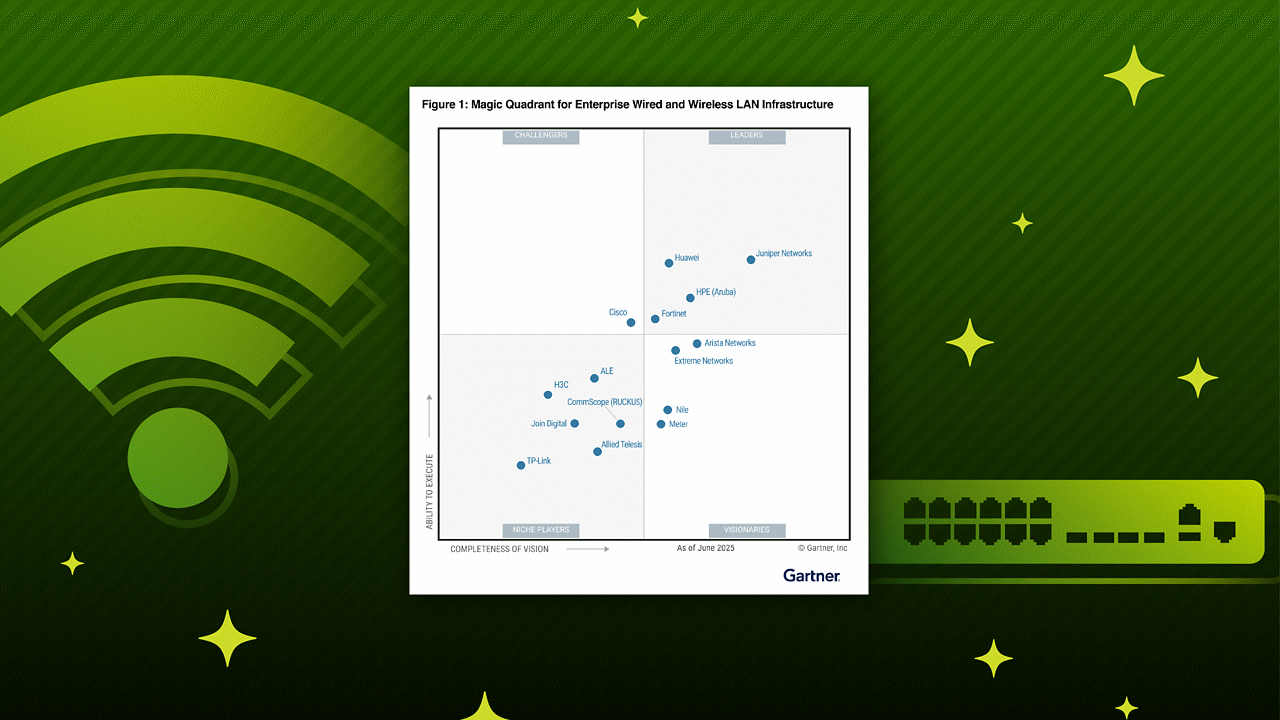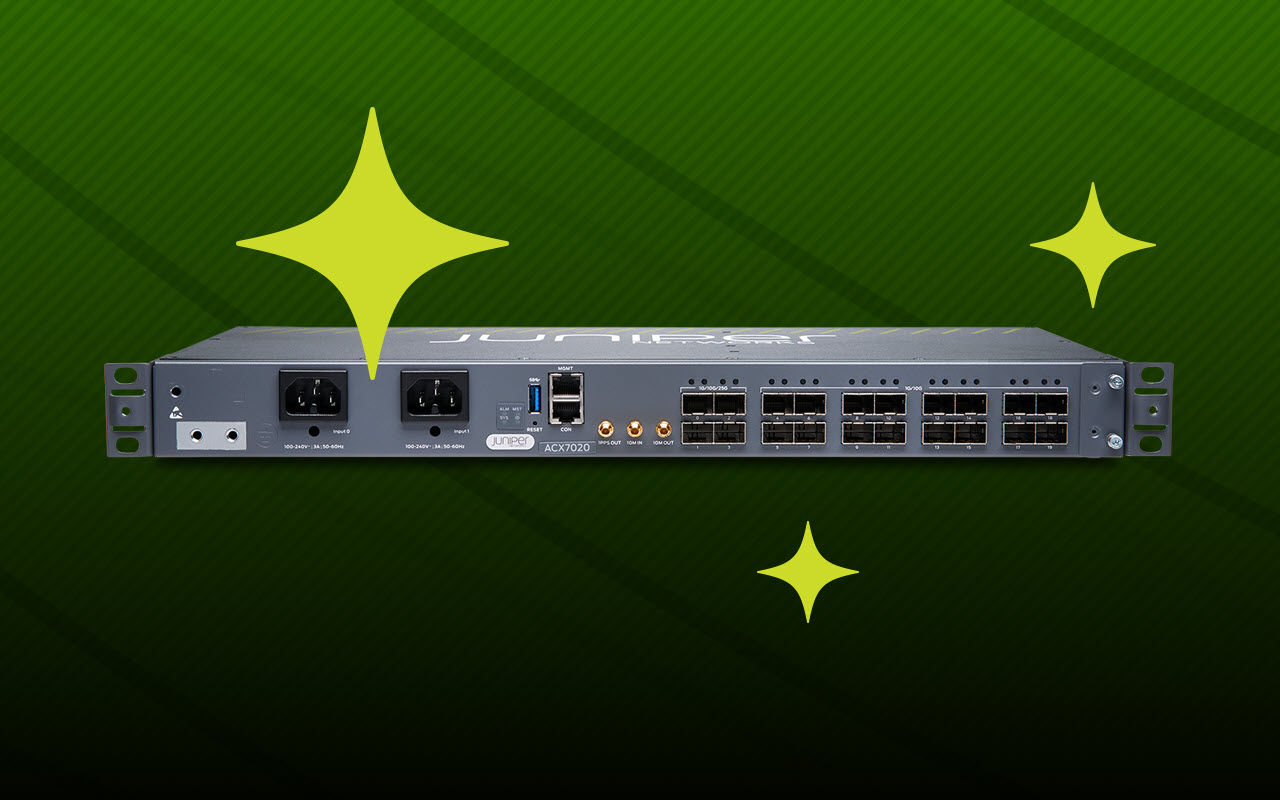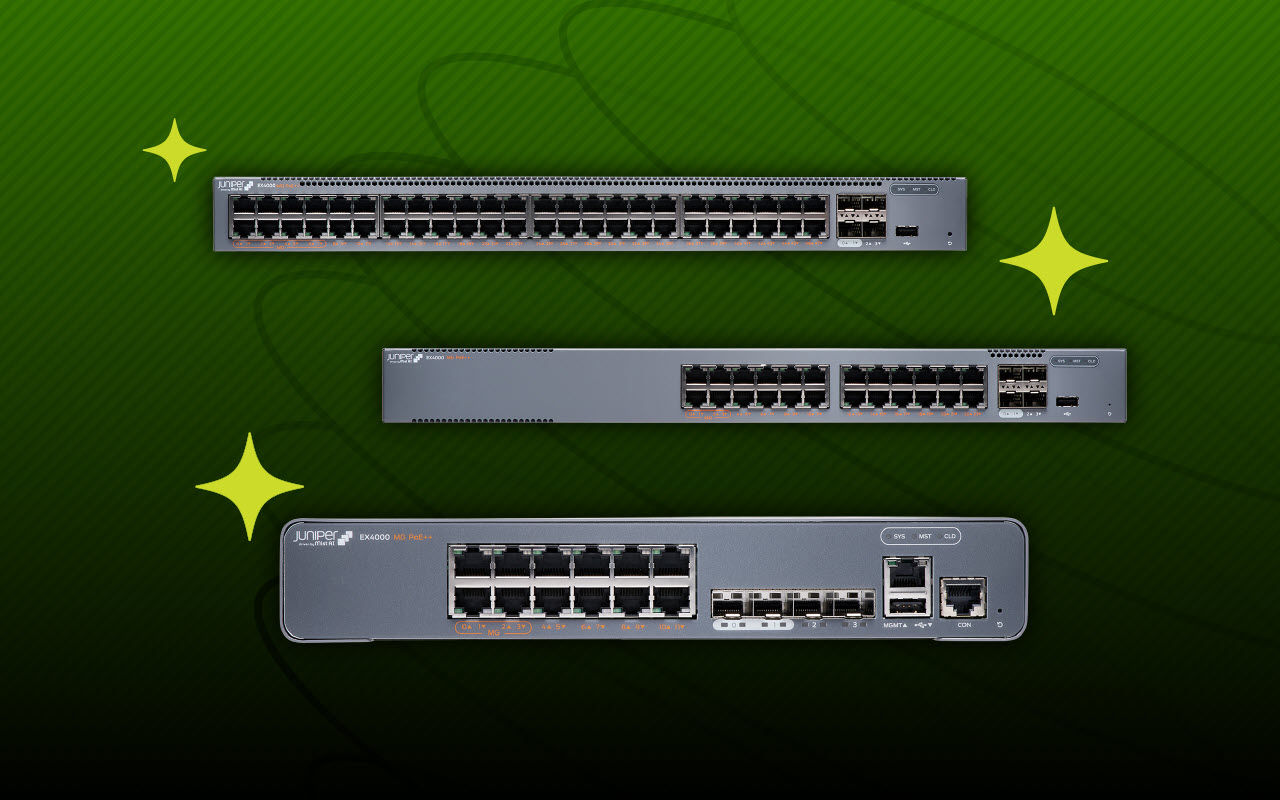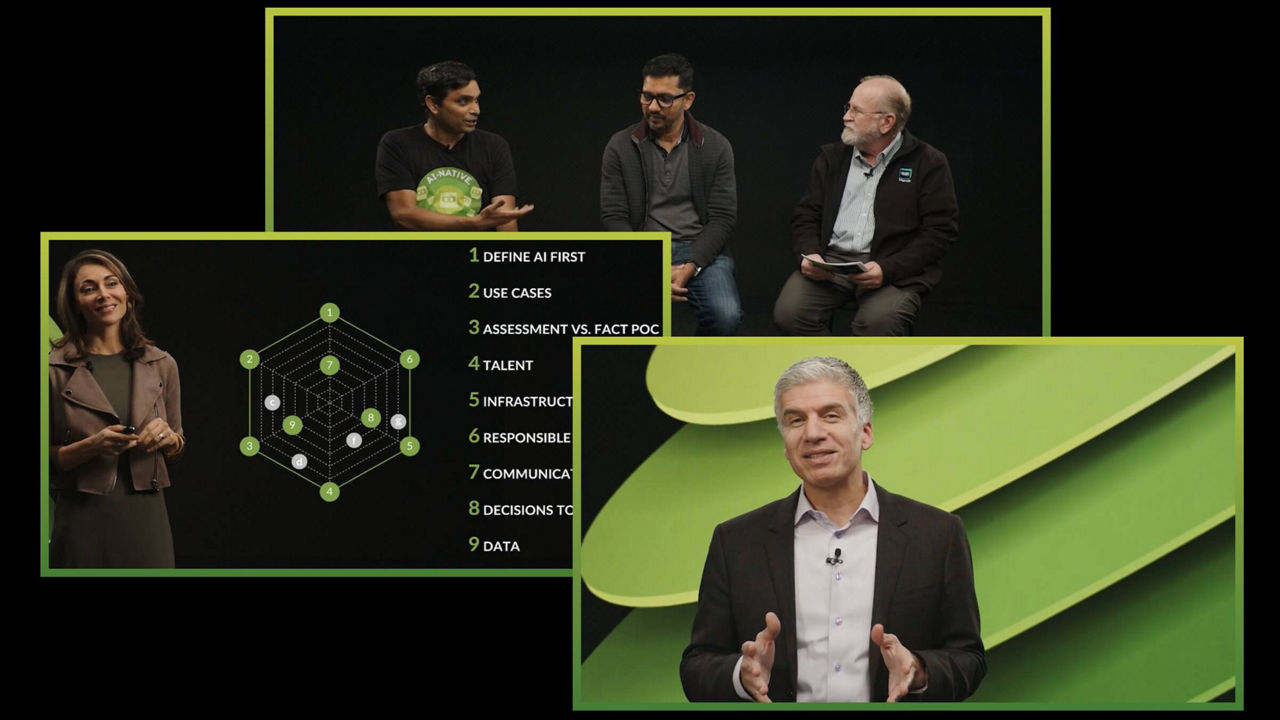Service Provider Routing and Switching, Expert (JNCIE-SP)
Register NowThe Service Provider Routing and Switching track enables you to demonstrate a thorough understanding of networking technology in general and Juniper Networks service provider routing and switching platforms. JNCIE-SP is at the pinnacle of the Service Provider Routing and Switching certification track.
The JNCIE-SP lab exam is designed to validate your ability to implement, troubleshoot and maintain Juniper Networks service provider networks. The 6-hour format of this exam requires that you build a service provider network consisting of multiple vMX virtual routers. You will perform system configuration on all devices, implement various protocols, policies and VPNs, multicasts, and class of services.
This track contains four certifications:
- JNCIA-Junos: Junos, Associate. For details, see JNCIA-Junos
- JNCIS-SP: Service Provider Routing and Switching, Specialist. For details, see JNCIS-SP.
- JNCIP-SP: Service Provider Routing and Switching, Professional. For details, see JNCIP-SP.
- JNCIE-SP: Service Provider Routing and Switching, Expert. For details, see the sections below.
Exam Preparation
We recommend the following resources to help you prepare for your exam. However, these resources aren't required, and using them doesn't guarantee you'll pass the exam.
Recommended Training
- JNCIE-SP Certification Self-Study Bundle
- All courses listed for the underlying certifications
Exam Resources
- Juniper TechLibrary
- Extensive real-world hands-on experience
Additional Preparation
Exam Objectives
Here’s a high-level view of the skillset required to successfully complete the JNCIE-SP certification exam.
|
Exam Objective |
Description |
|
System Management and Monitoring |
In a network that comprises a service provider network and multiple customer sites, a successful candidate will:
|
|
Core Technologies |
In a network that comprises a service provider network and multiple customer sites, a successful candidate will:
|
|
Edge Services |
In a network that comprises a service provider network and multiple customer sites, a successful candidate will:
|
Exam Details
Exam questions are derived from the recommended training and the exam resources listed above. The exam is only provided in English.
Exam Code
JPR-962
Prerequisite Certification
Delivered by
Exam Length
6 hours
Exam Type
Hands-on lab exam
Recertification
Juniper certifications are valid for three years. For more information, see Recertification.






















